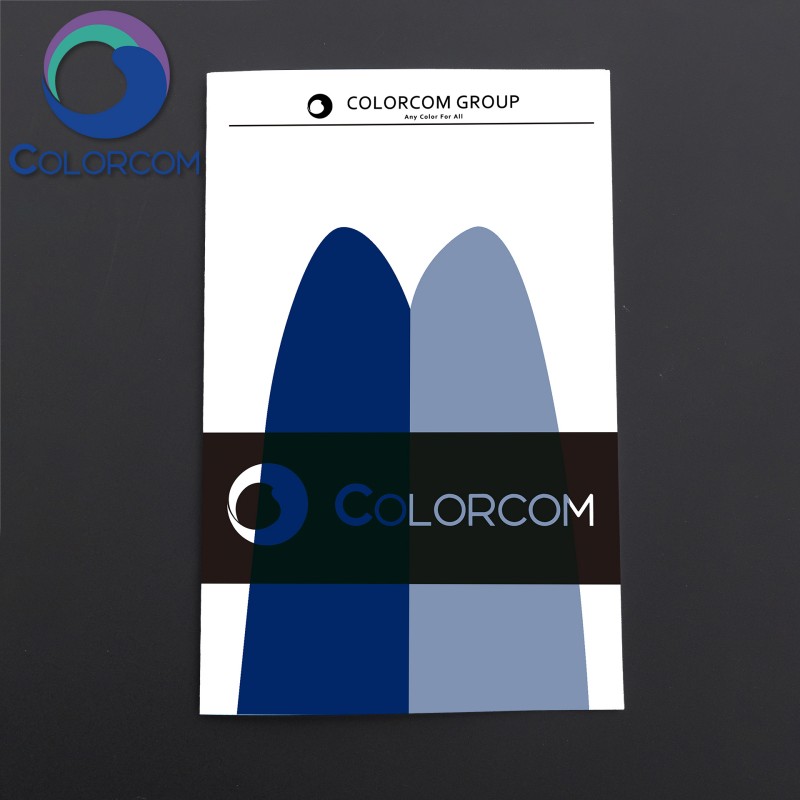Milori Blue | Pigment Blue 27 | TPColor Blue PB708 | 25869-00-5

|
Specification |
Value |
|
Appearance |
Dark blue powder |
|
Transparency |
Opaque |
|
Oil Absorption(%) |
45 |
|
Volatile Matter (%) |
4 |
|
PH Value |
5.5 |
|
Density (g/ml) |
1.9 |
|
Bulking Value (ml/g) |
2.5 |
|
Soluble Matter in water (%) |
2 |
|
Acid Resistance |
4 |
|
Alkali Resistance |
1 |
|
Bleeding to MEK |
5 |
|
Bleeding to Xylene |
5 |
|
Bleeding to Toluene |
5 |
● Colorcom Milori Blue is ground in linseed oil without the use of stearates or other additives that affect the behavior of the pigment in oil. The pale linseed oil used to make this color is well aged and refined to provide higher levels of reactivity and oxidation than raw oil. The consistency is a smooth, thick, rich color. Prussian Blue LA09-04 and LA09-05 are used for paints, including water based and oil based paints.

Paint and Offset inks.

Milori blue is featured by weather and light resistance, does not worsen the corrosion resistance of the coatings, but is not resistant to heating: the color varies at temperatures of 160-240°C (depending on film former). Prussian blue can be used in inks such as offset inks, solvent based inks, paints and coatings, plastics, carbon paper etc.. The superfine grade also called micronized grade prussian blue is mainly used for pesticide, agriculture and fertilizer.
- Miloriblue is non alkali-resistant and therefore unsuitable for cement-and chalk based products. The blue discolours into brown in alkaline products.
- Miloriblue is only temperature-resistant to 140°C. However, Milori blue has good UV-and acid resistance and has good colouring power, which is why it is frequently used in inks and paints (oil and water).
- Miloriblue can be mixed with all other pigments, e.g. when it is mixed with chromium yellow the result is a chromium green pigment.
Packing: 25kg/Paper Bag.



